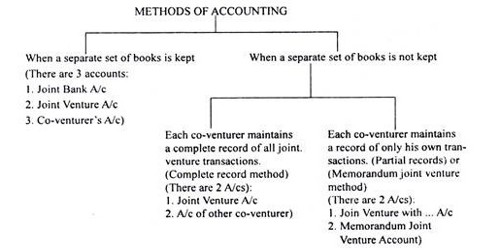Cross-cultural communication is the process of recognizing both cultural differences and similarities in order to effectively engage in a given context. In other words, cross-cultural communication refers to the adaptations that people from different cultural backgrounds make in order to communicate more effectively with one another.
Cross-cultural communication now plays an important role in international organizations. It significantly improves business commuter transportation. It is not easy for everyone to communicate across cultures. Due to cultural differences, business managers face challenges when conducting global business. The guidelines below can help to improve cross-cultural communication.
Learn about cultures: For global communication, business executives should learn about the culture’s history, values, food, habits, customs, economy, social views, and religion. They can read books, journals, and articles here, as well as watch video footage of the respective cultures’ lifestyles. Better cultural research and training will assist business managers in dealing with multinational corporations.
Removing Language barrier: There is no other option for global communication than a common language. English as a second language is widely used throughout the world. Employees should learn English in order to communicate effectively both orally and in writing. To overcome the language barrier, an employer can arrange for English language training for his or her employees.
Improving communication skills: During cross-cultural communication, one should follow one general suggestion: write or speak simply and clearly. The following tips will be helpful to improve communication:
- Use plain and basic English for better understanding to all.
- Be specific to make proper attention.
- Listen carefully with a positive approach.
- Avoid .slang, phrase and vague words. Do not use words that have multiple meanings.
- Speak slowly and accept feedback.
Avoid non-verbal hints: Nonverbal cues should be avoided during cross-cultural communication because they have different meanings in different cultures. When people from different cultures communicate, they can cause confusion and misunderstanding.
Maintain flexibility: People from different cultures should be able to communicate with one another. They should work together and ignore unintentional errors in communication.
Maintain etiquette: Many cultures have their own etiquette for communicating. Before you meet, do some research on the target culture or, if time permits, some cross-cultural training. Many cultures, for example, expect a certain level of formality at the outset of interpersonal communication. Every culture has its own way of expressing formality: ‘Herr’ and ‘Frau’ in Germany, reversing family and given names in China, and the use of ‘san’ for men and women in Japan, for example.
Embrace Agility: A common barrier to cross-cultural communication is an inability or unwillingness to adapt to change. According to Goodman, people are often hesitant to accept new things because they are afraid that doing so will change their culture or belief system in some way. If these assumptions are not challenged, actions can be harmful to personal and organizational growth. People can become more adaptable by becoming aware of unconscious barriers or subconscious biases.
Be supportive: Effective cross-cultural communication requires that all parties feel at ease. In any conversation with a non-native English speaker, treat them with respect, try to communicate clearly, and encourage them when they respond. This will boost their confidence and trust in you.
To communicate effectively across cultures, cross-cultural people must be aware of the issues listed above.
Information Source:
















